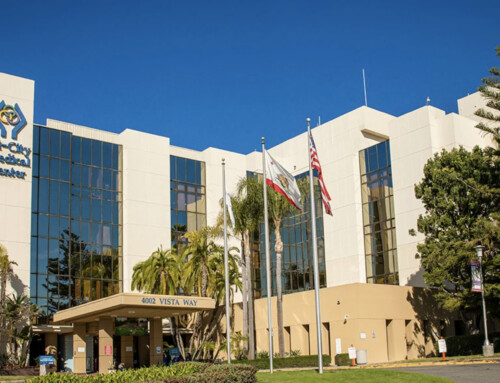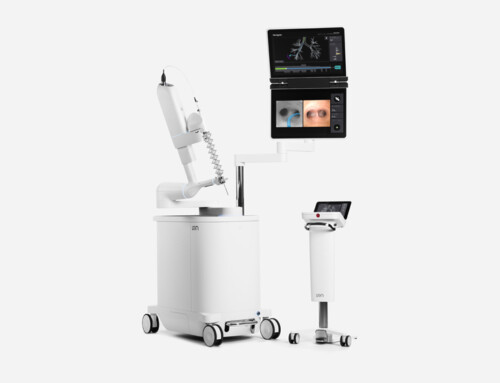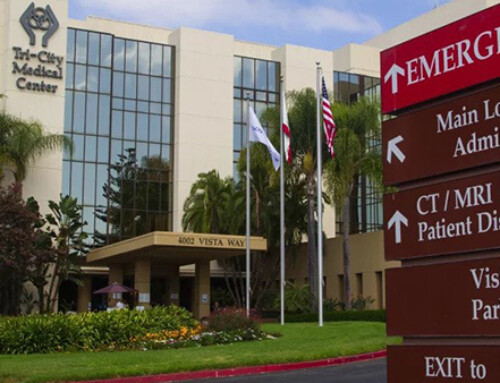Tri-City Medical Center, one of just 10 hospitals nationwide performing robotic spine surgery using the Mazor Renaissance guidance system, is now one of the first hospitals worldwide to use an enhancement to that system that allows surgeons to immediately verify the placement of implants, significantly diminishing the need for follow-up procedures.
Tri-City and two of its surgeons, Dr. Neville Alleyne and Dr. Payam Moazzaz, participated in a field evaluation of C-OnSite, which enables fast, low-radiation, intra-operative 3D verification of implant placement.
The application was officially launched internationally Monday at a symposium in Amsterdam by Mazor Robotics Ltd., a leader in innovative surgical robots and complementary products for spine surgery. Renaissance is Mazor Robotics’ surgical guidance system for spine procedures.
“Renaissance C-OnSite combines the enhanced accuracy of robotic guidance with actionable, intra-operative verification of screw positioning for immediate evaluation and correction,” said Ori Hadomi, CEO of Mazor Robotics. “This offers the potential to reduce revision cases due to the misplacement of pedicle screws, which in freehand surgery occurs in approximately 10 percent of screw placements.”
The current standard of care in spine surgery is a post-operative CT to verify accurate placement of pedicle screws. But it occurs after the surgery has been completed, so significant misplacements necessitate a revision surgery.
“C-OnSite is a quantum leap forward for spine surgeons and their patients,” said Dr. Alleyne.
“The patient does not have to wait to rule out the need for revision surgery” added Dr. Moazzaz, who works with Dr. Alleyne.
C-OnSite uses imagery from existing 2D C-Arm equipment, common in most hospitals, eliminating the need for additional, expensive intra-operative 3D systems for spine surgery.
Immediately after screw positioning, a 15-second 2D scan is taken and fused with high-quality images from the preoperative CT. This produces a real time, intra-operative 3D axial view of the spine showing the exact location of each pedicle screw and its relationship to the spinal canal, enabling immediate evaluation and correction of screw positioning. The process requires no more than five to 10 minutes of additional OR time.
“C-OnSite makes Renaissance a full solution for the spine surgeon, from pre-op planning through post-op verification, with the added benefit of delivering post-op information during the surgical procedure,” said Mr. Hadomi. “We expect the integration of C-OnSite with Renaissance will increase the overall clinical value of robotic guidance.”



